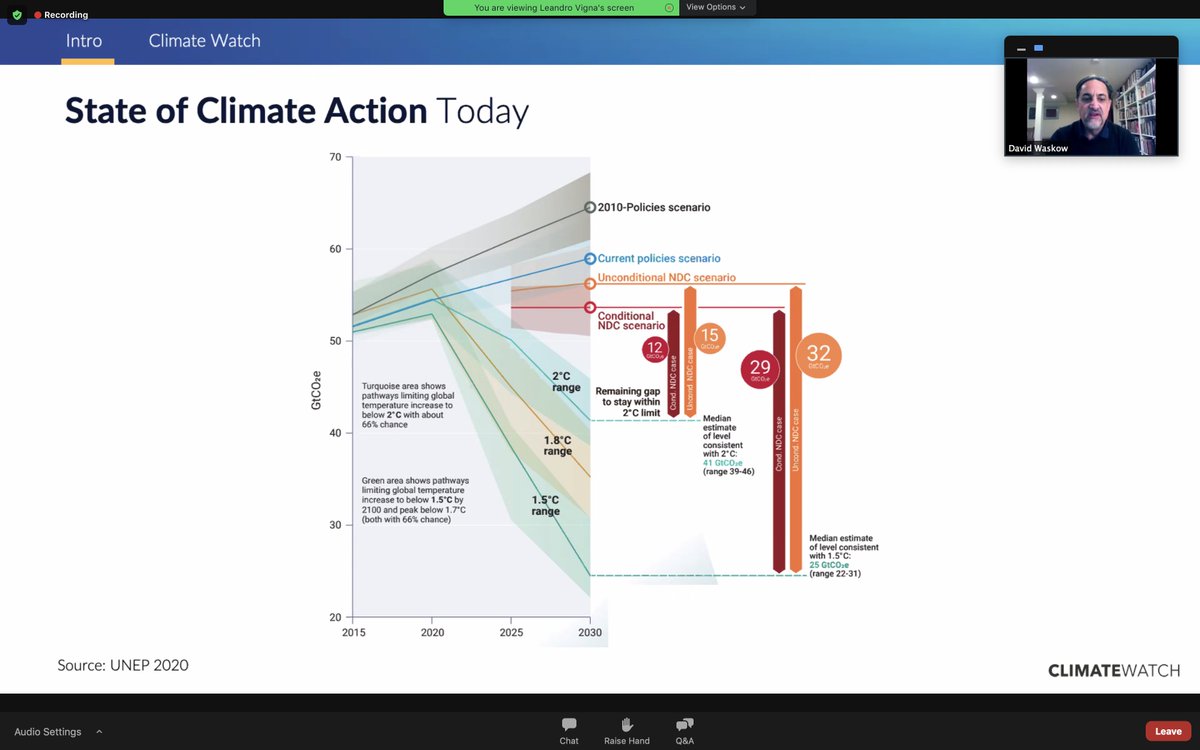
Webinar on tools for assessing national #climate pledges (NDCs) by @WRIClimate. @davidwaskow reminds: #ParisAgreement is meant to work thru an iterative process of increasing ambition (faster emission reductions), leading to #netzero emissions by 2050. (Thread 1/n)
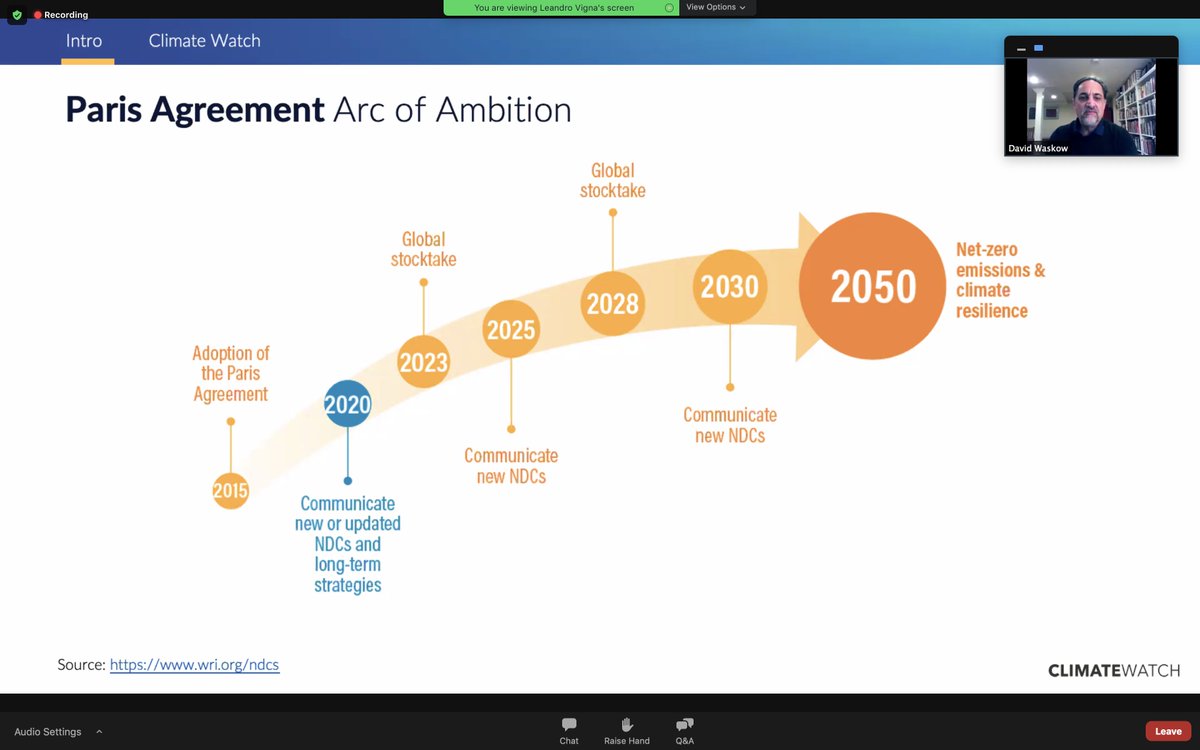

2 are on track (e.g., crop yields)
13 right direction but too slow (e.g., need electric vehicle sales to be 22x faster than now)
2 in wrong direction: forests, ag emissions
@davidwaskow from @climateactiontr, @WRIClimate et al 3/n
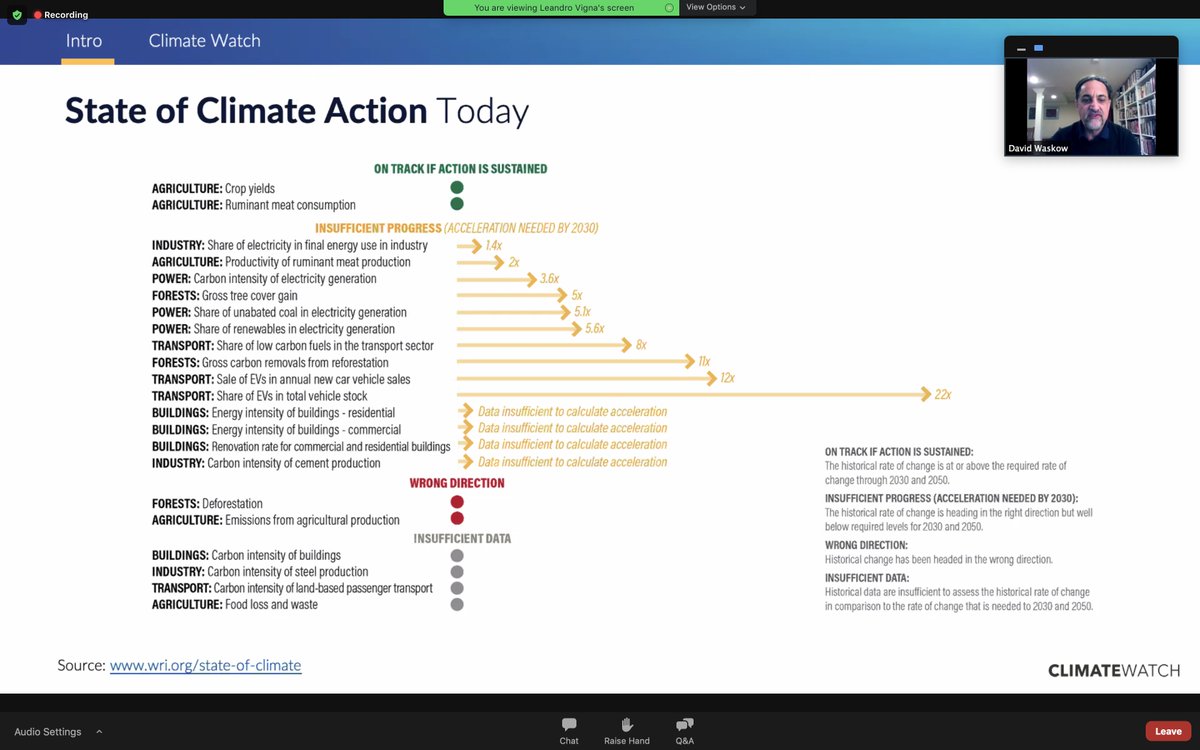
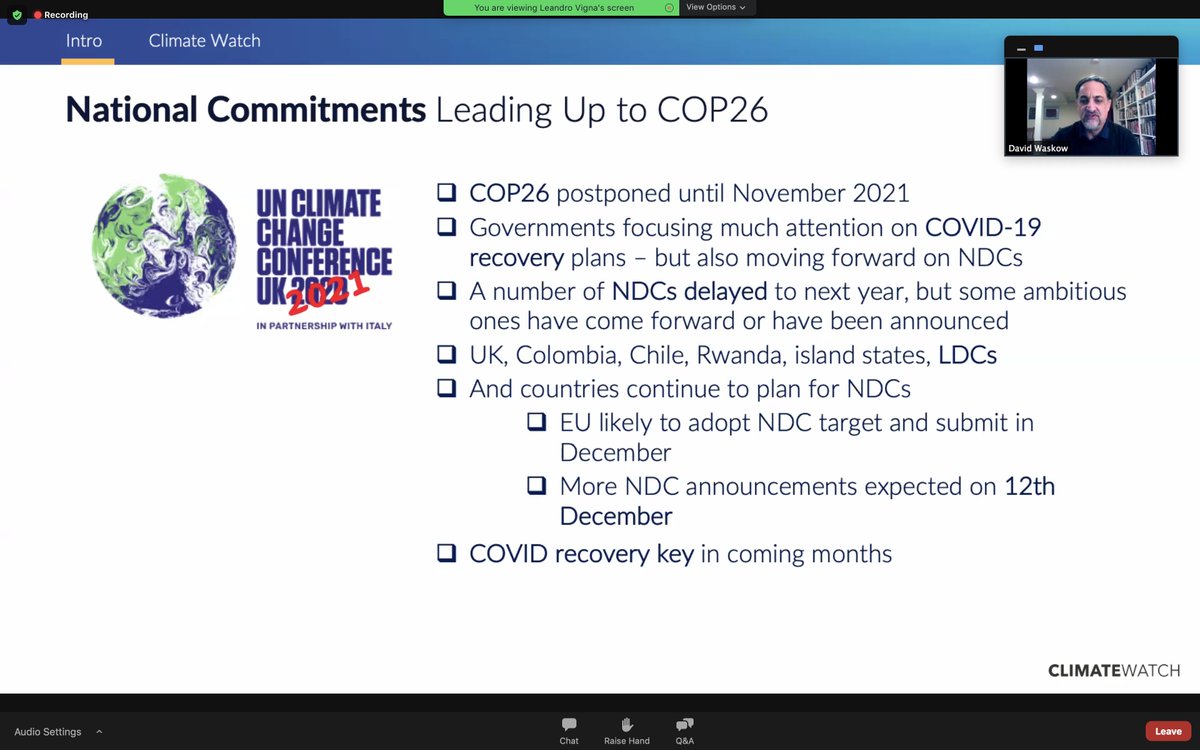
100s of credible datasets,
100,000s of data points
to assess #climate trends, targets, bring transparency to inform + drive #ClimateAction.
For govts, biz, researchers, NGOs
Run by @JohannesFried.
(See also other forest, energy, ... tools) 5/n

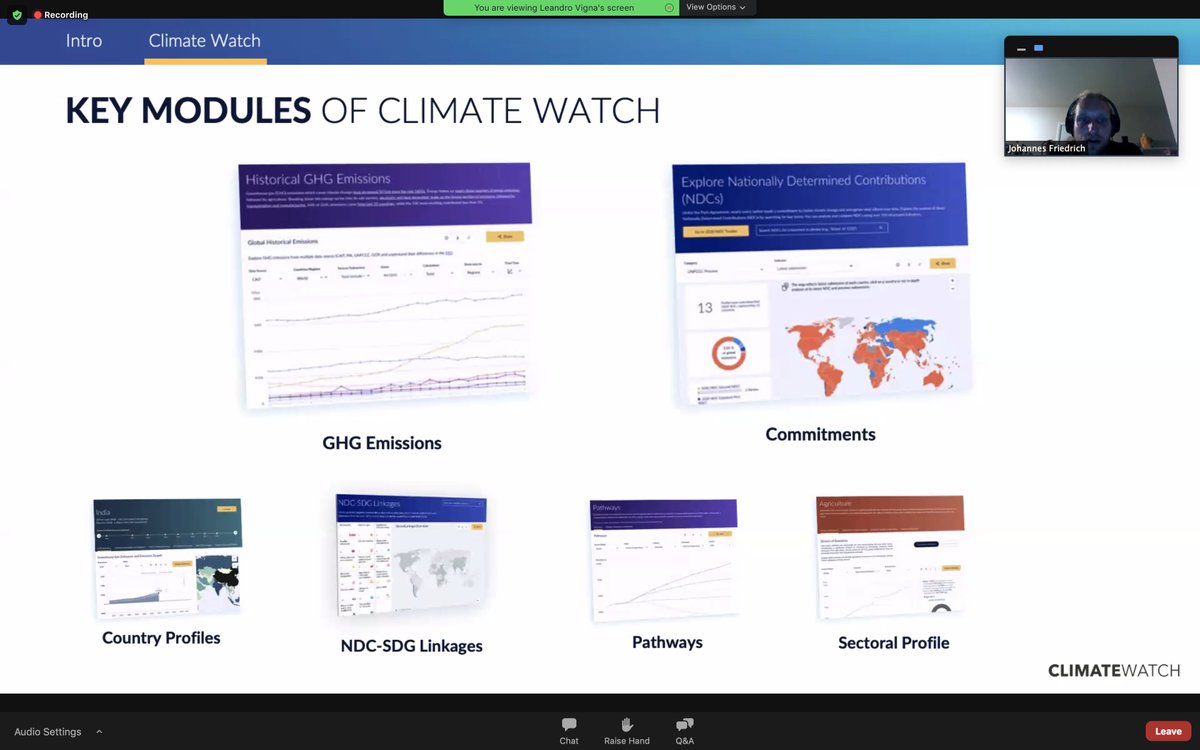
Only 20 countries have long-term #climate strategies
Only 20 have submitted updated, more ambitious pledges (NDCs)
26 have net zero targets
62 have economy wide #climate policy
@MengpinGe (7/n)
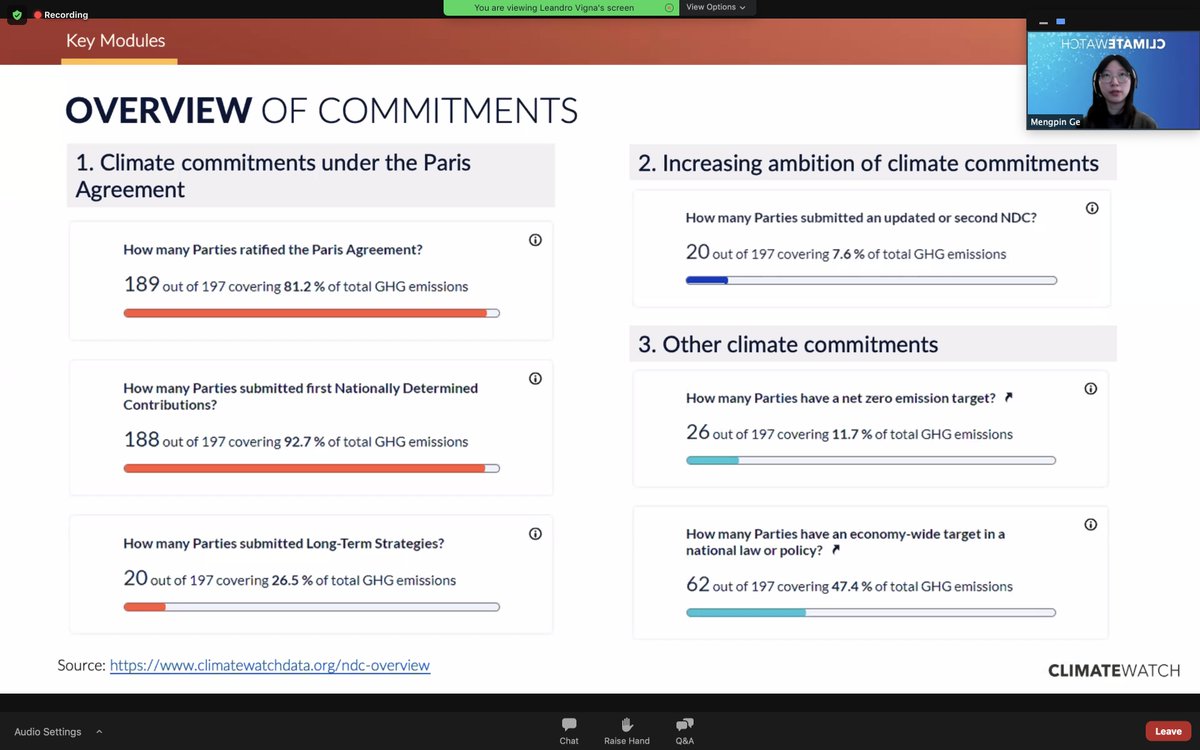
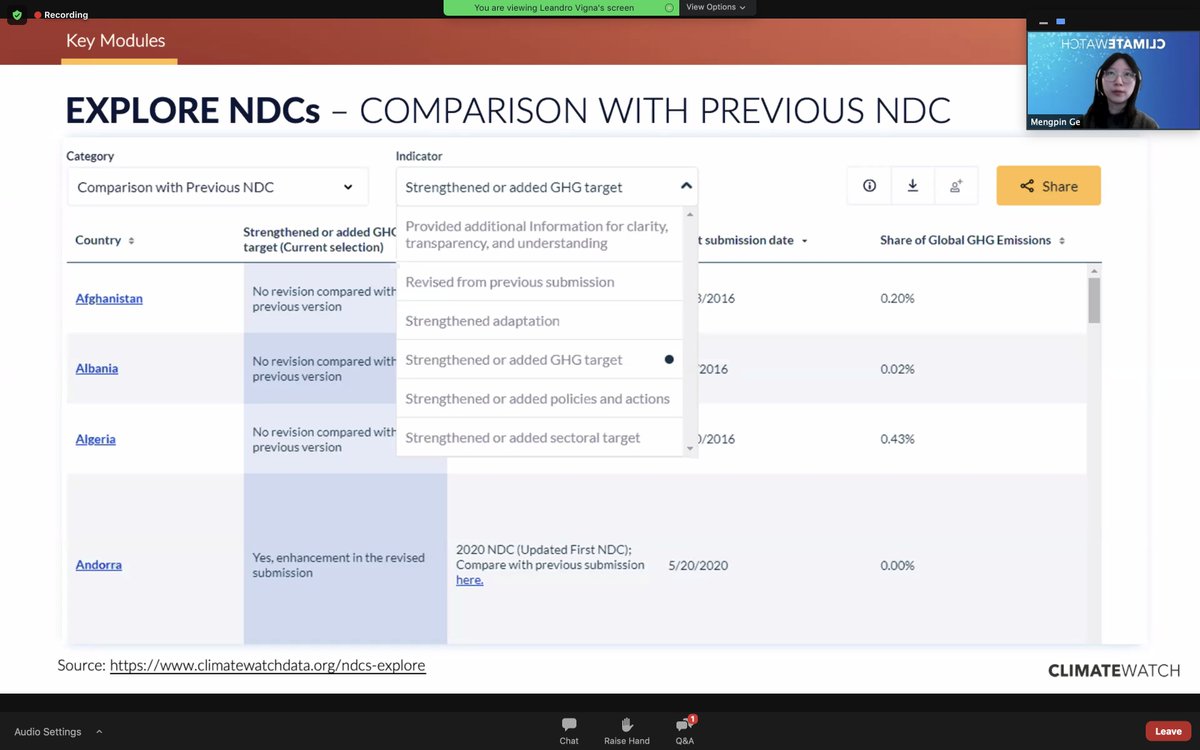
Coming soon: #NetZero tracker (see report:https://t.co/Kb5JB2VgMu).
@MengpinGe (9/n)
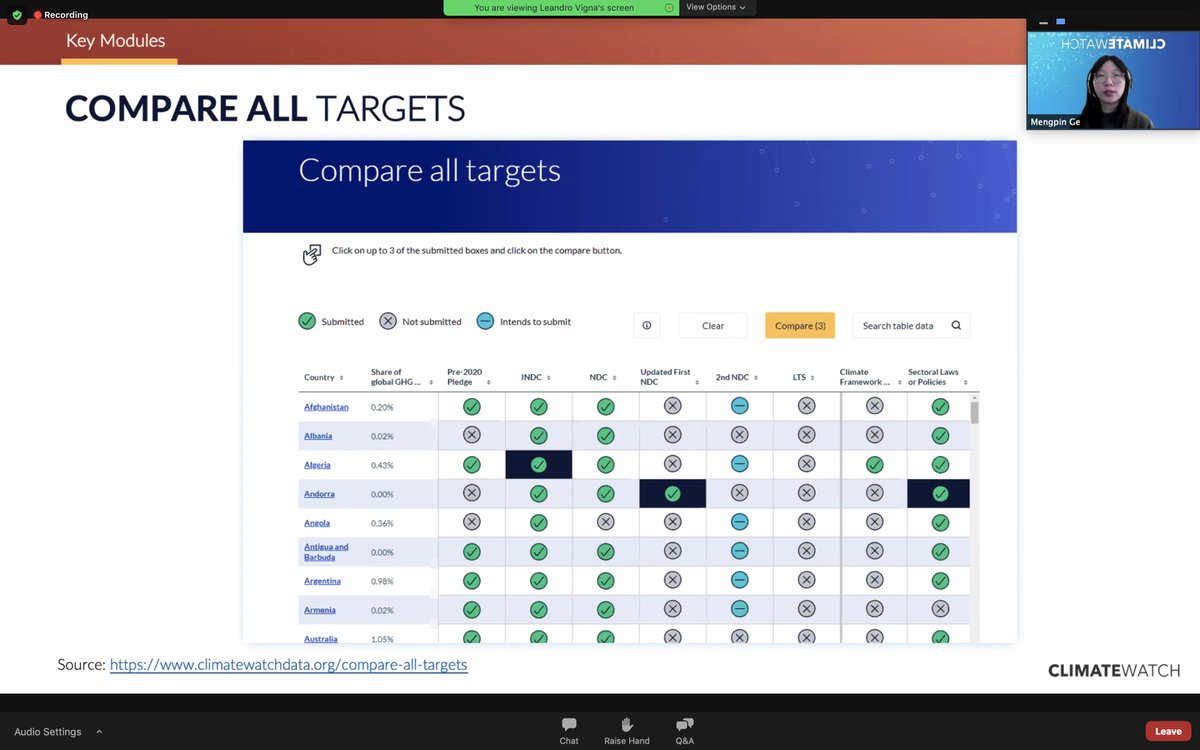
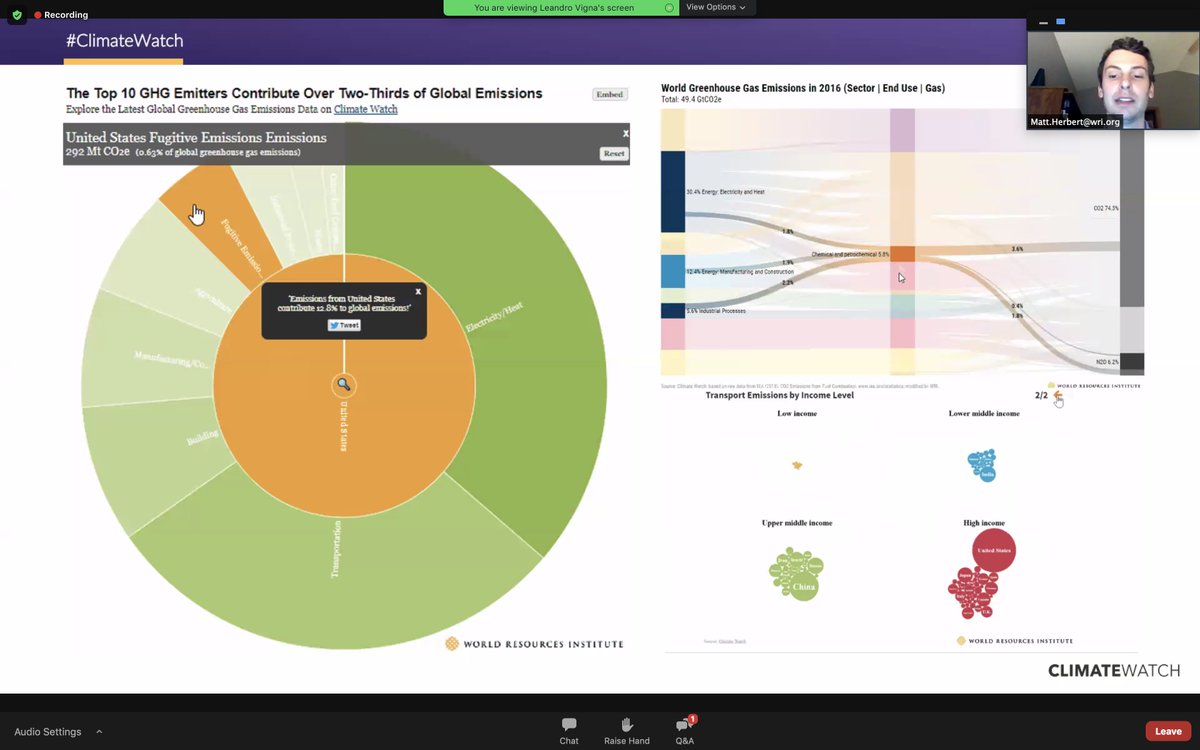
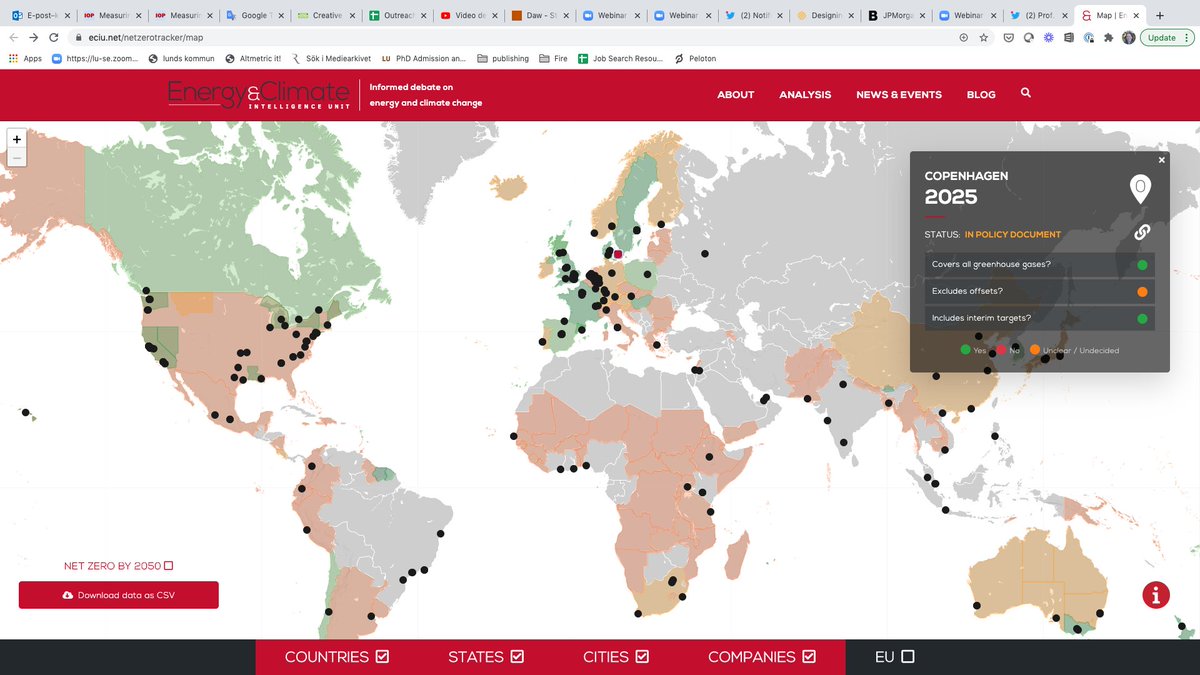
OECD 2018 found $78.9 bn/yr (78% public $), of $100 bn/yr promised in Paris, per @davidwaskow (12/12)
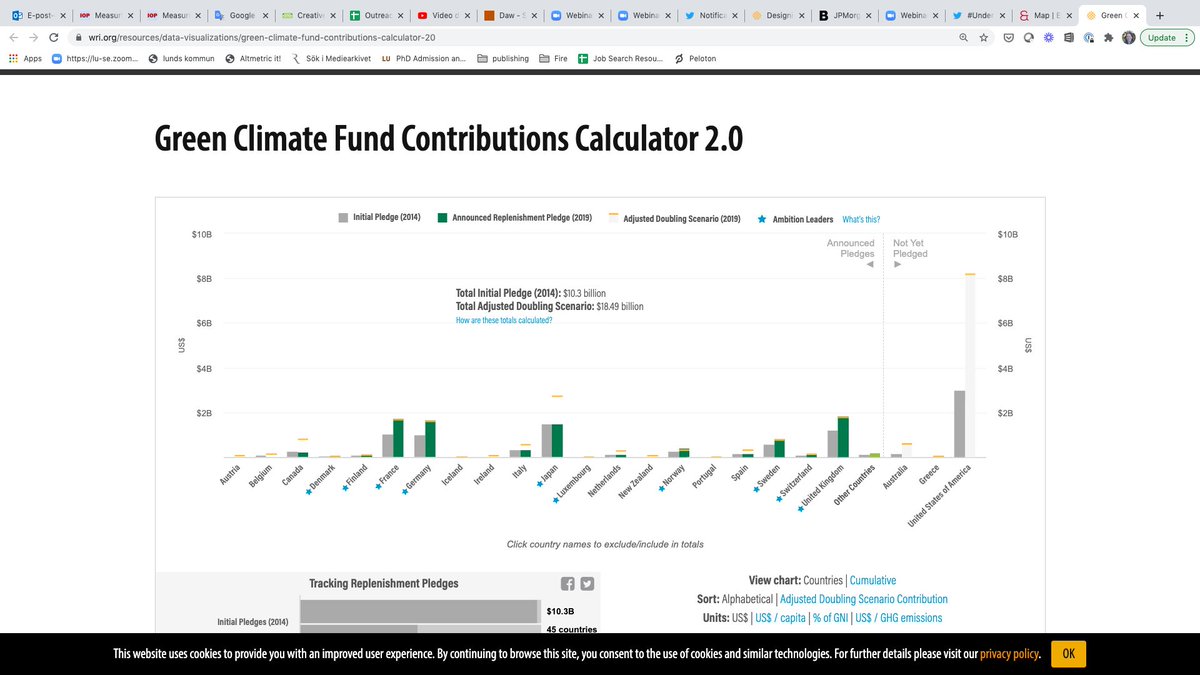
More from Economy
1) Well, also there is this:
For 400 years inflation has NOT been in a "mountain range" of up and down, but rather stair-stepped in giant increases, always associated with major transformations in economic arrangements.
For 400 years inflation has NOT been in a "mountain range" of up and down, but rather stair-stepped in giant increases, always associated with major transformations in economic arrangements.
The only way that debt comes down is if rest of world flips to trade deficit status w/US (I.e., trades accumulates $USD from prior trade surpluses w/US for actual goods & services). Not likely anytime soon. $USD as global reserve currency requires massive public debt.
— David "Most Vicious Dogs & Ominous Weapons" Herr (@davidcherr) January 15, 2021



























